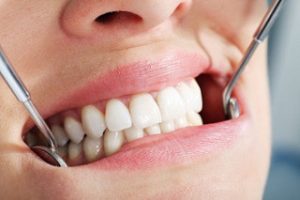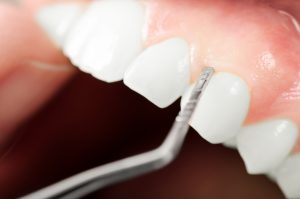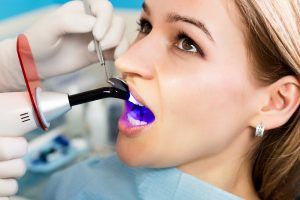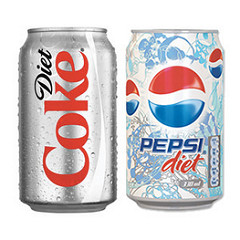
Many patients and dentists face a decision-making process when it comes to keeping a natural tooth with root canal therapy vs. removal of a tooth and replacing it with a dental implant. The introduction of dental implants has proven to be a pivotal technology in dentistry. In a profession that strives to help patients keep their dentition, the point when it becomes necessary to opt for dental implants is a judgment call.
So, is one treatment better than another? There have been many scientific papers written on this subject. In one more recent study published in the Journal of Dental Research, the authors noted, “Both options should be seen as complementing each other, not as… (Read More)

 It’s common, when thinking of oral care, to direct your attention to your teeth, but your
It’s common, when thinking of oral care, to direct your attention to your teeth, but your 

